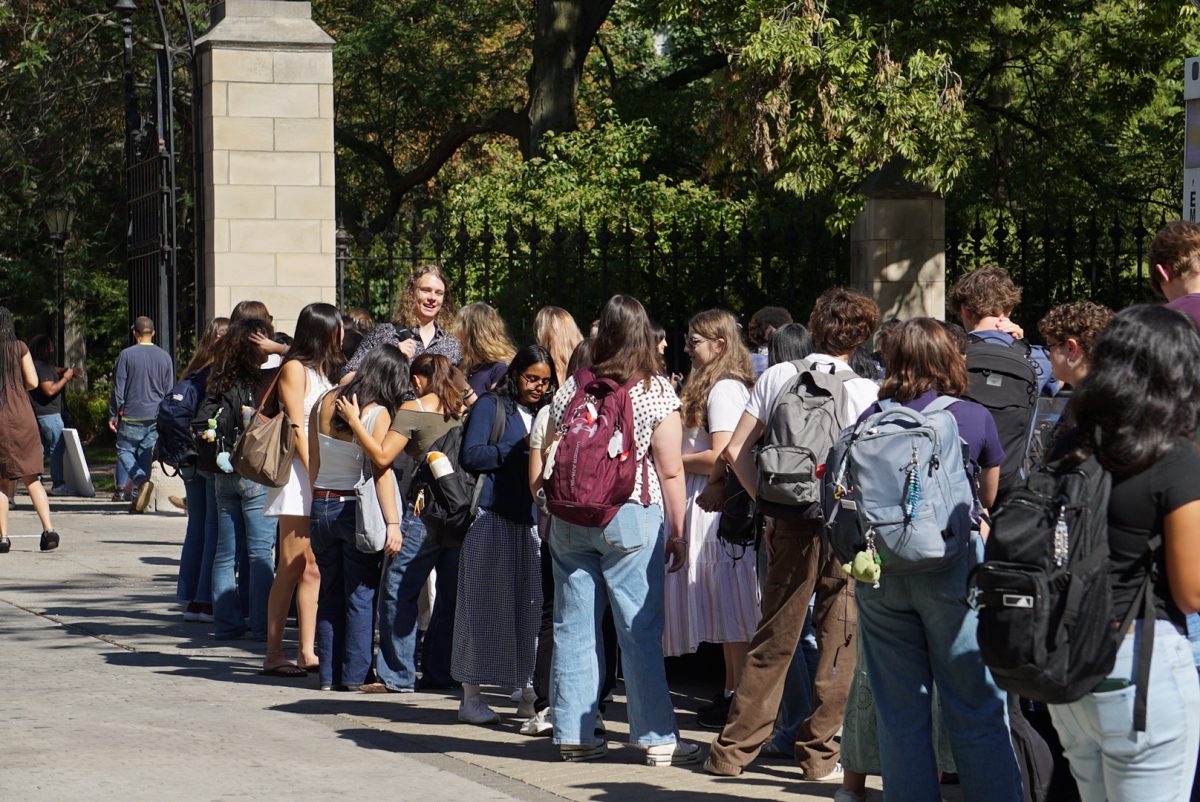A council charged with increasing diversity and inclusion at the University of Chicago has issued a report listing major recommendations to the administration, including a call for the University to set a goal of doubling its underrepresented faculty by 2026.
On January 24, the report was distributed by Provost Daniel Diermeier in an e-mail to the University community.
The report finds that current institutional practices at the University are inadequate in securing diversity and inclusion. It contains 27 policy recommendations in four categories: Institutional Vision, Representation and Advancement, Curriculum, and Campus Climate. The items in each category are further divided into primary and secondary recommendations.
The actions described in the report as “especially critical” are:
-
The establishment of senior faculty diversity leader in every school and division, together with a faculty-student board addressing those same issues;
-
The assignment of a target goal of doubling the number of underrepresented faculty at the University by 2026;
-
The implementation of a campus-wide program of training workshops to discuss the role of implicit attitudes, including unconscious bias; and
-
The incentivizing of curricular experimentation and broadening, consonant with the aims of diversity, inclusion and equity, through Divisions, Schools and Departments […].
The report was compiled after a number of meetings, forums, and joint sessions between the Diversity Advisory Council (DAC) and students, faculty, and staff over the course of the council’s term. The DAC also participated in the planning of the 2016 Campus Climate Survey, the results of which were an integral part of data collection for the report.
The council, chaired by Adam Green, an associate professor of history, was formed in February 2015 by President Robert J. Zimmer and Provost Daniel Diermeier. It has a long precedent: In 1986, a faculty committee chaired by Dolores Norton, a professor in the School of Social Services Administration, was formed to address problems of recruitment and retention among African-American faculty. In 2003, a faculty and staff committee, known as the Provost’s Initiative on Minority Issues (PIMI), was formed to review “all issues related to enhancing diversity at the University.”
The 2017 DAC report evaluated the University’s performance on diversity-related issues against benchmarks set by these previous initiatives, and found the institution as a whole to have fallen short. It cites numerous occurrences on campus since the formation of PIMI that cast doubt on the extent of diversity and inclusion achieved in the University, such as incidents involving a racist Halloween costume in 2014 and racist e–mails sent among AEPi fraternity brothers between 2011 and 2015.
In its concluding remarks, the report says the University is “at a significant juncture point,” and that there is an urgency to “recognize human diversity…as a guiding principle in the mission and organization of [all] colleges and universities.”








